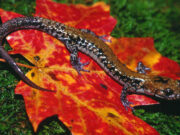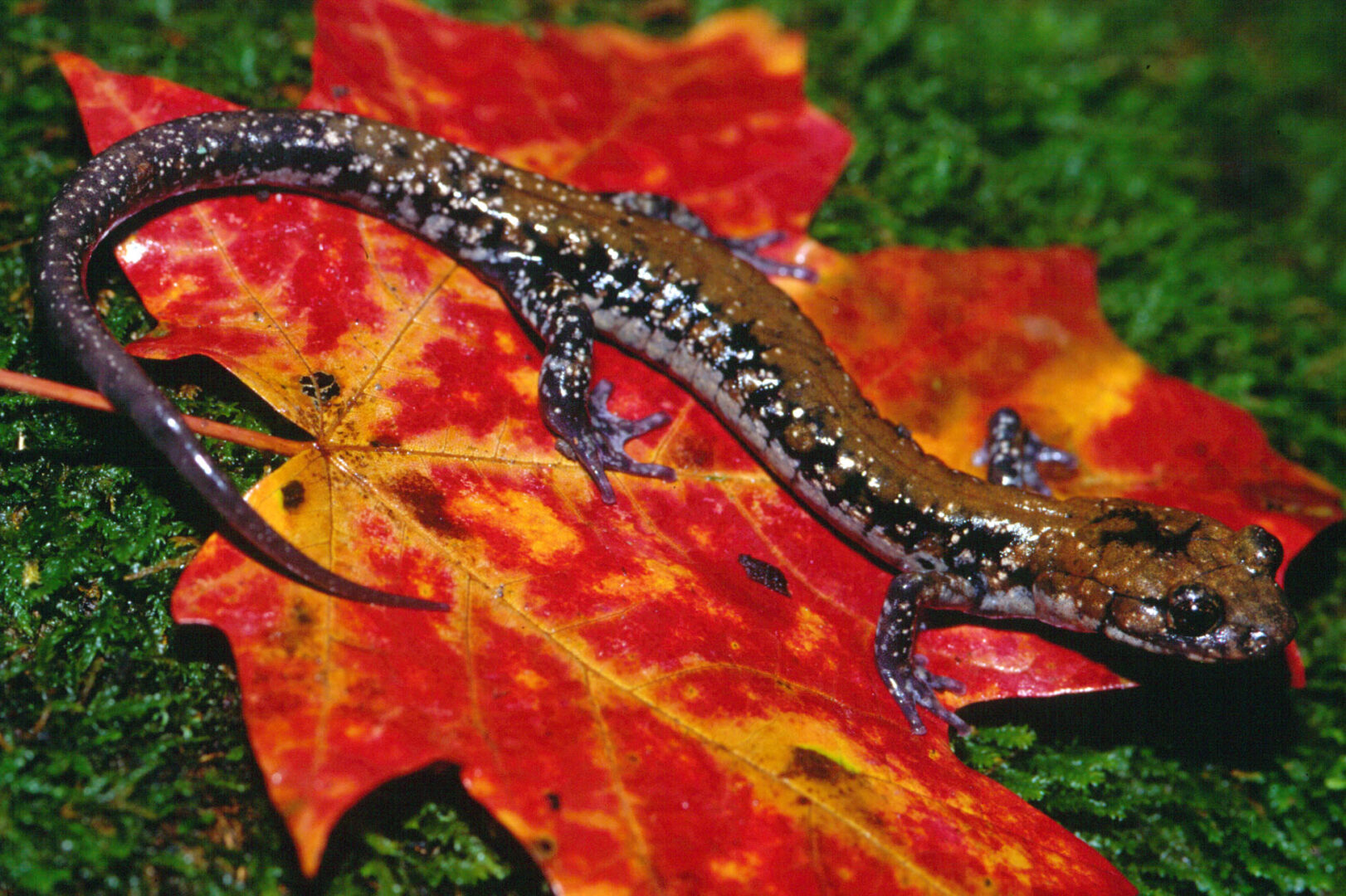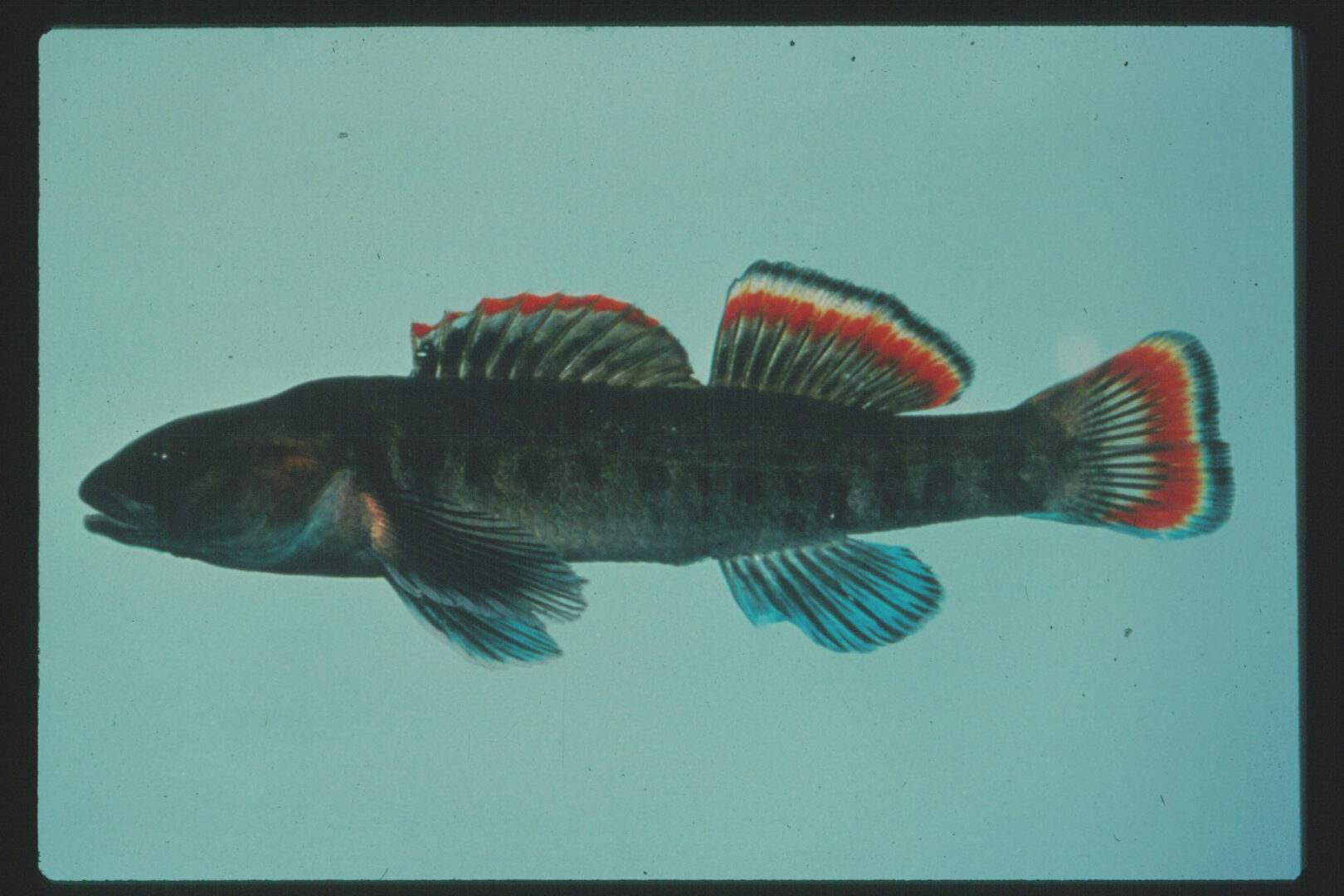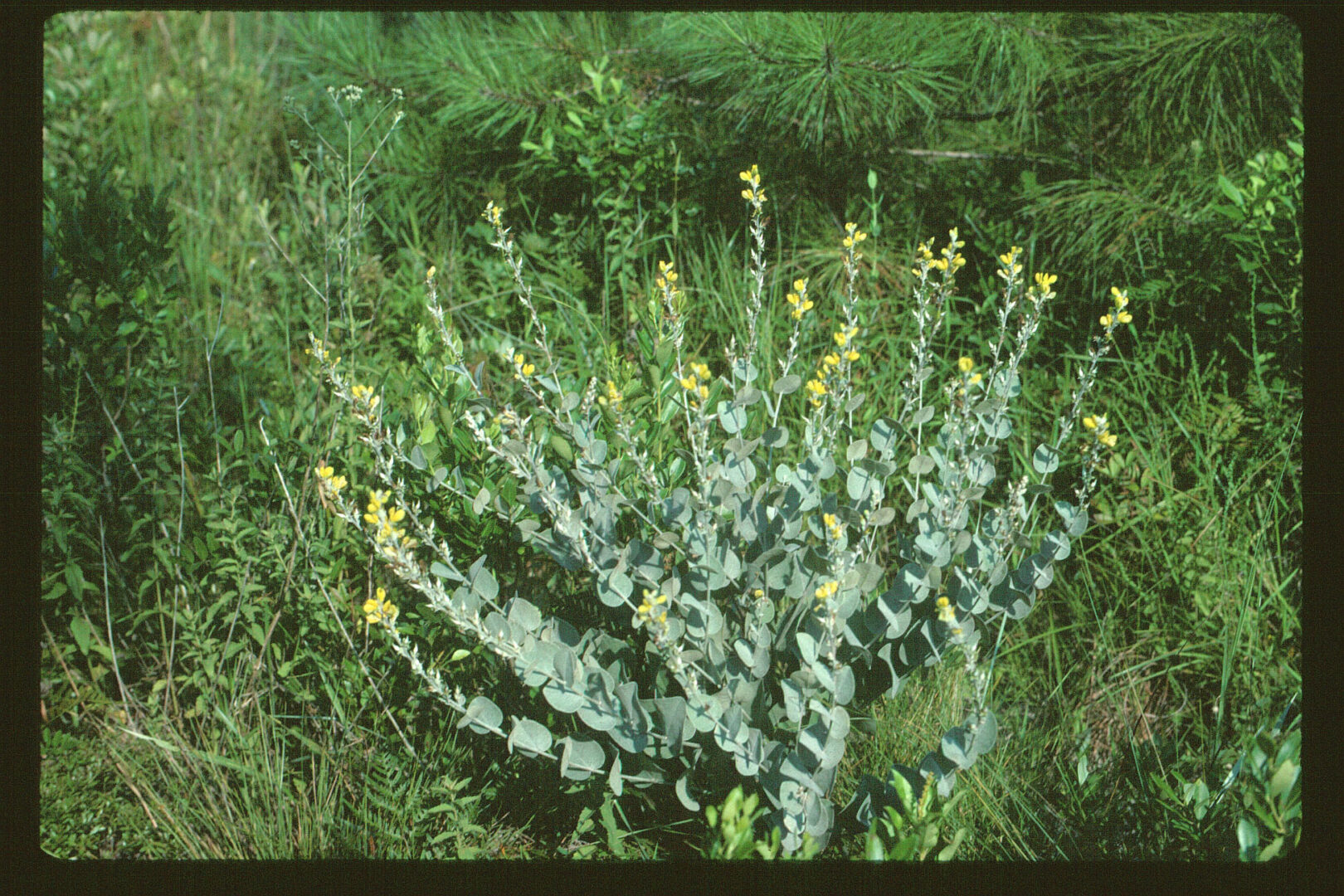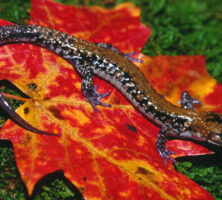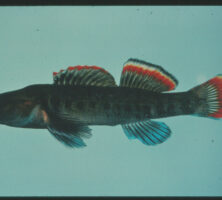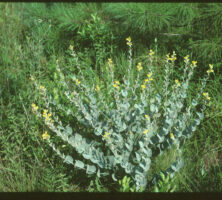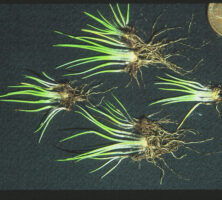Georgia is home to more than 4,000 species of native or naturalized vascular plants and vertebrate animals. At least 10 percent of these species are in danger of extinction. The chief factor in the loss of biodiversity in Georgia is loss or deterioration of habitat.
Extinction and Extermination
Conservation biologists indicate that as many as half of the earth’s plants and animals may be in danger of becoming extinct by the twenty-second century. They estimate that for every new species that emerges from the process of evolution, thousands become extinct. This rate of extinction is thought to be even greater than that of 65 million years ago, during the period in which dinosaurs disappeared from the planet.
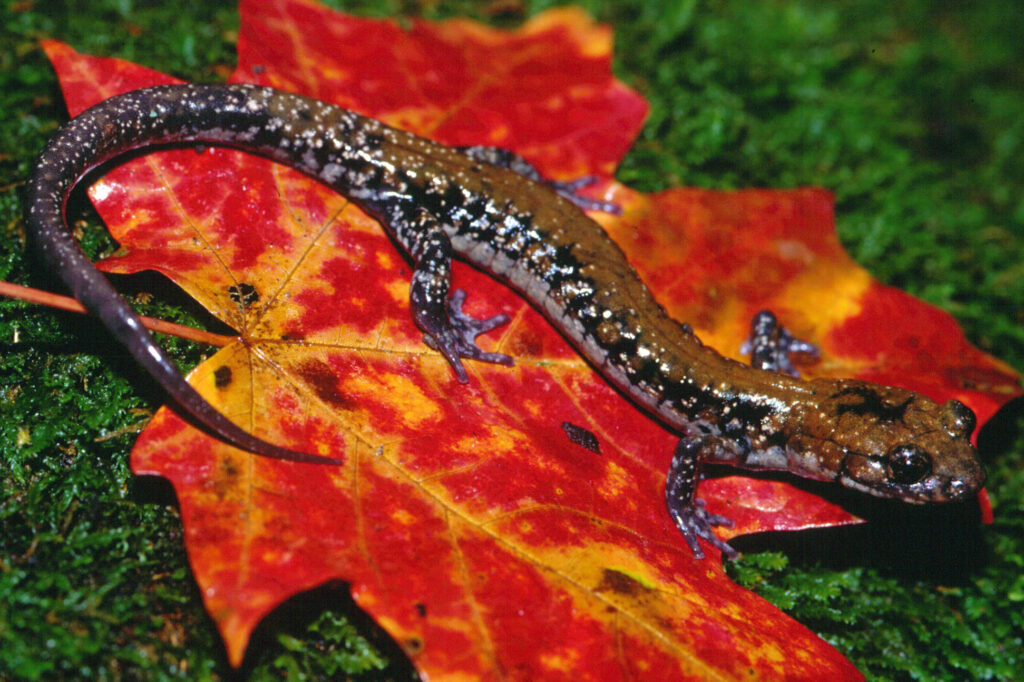
Courtesy of Georgia Department of Natural Resources.
The exact number of organisms on the earth is unknown, and estimates range from 5 million to more than 50 million. Only about 1.4 million organisms have been classified and named by taxonomists. But species are not distributed evenly on our planet. Indeed, more than half of the world’s known biodiversity (biological diversity) can be found in less than 2 percent of the world’s land surface. In the United States roughly one-third of our flora and fauna is considered to be of conservation concern.
Species extinction is a naturally occurring event, the inevitable outcome of changing environments and evolutionary processes. However, the current episode of accelerated species extinction is notable for the fact that it is driven primarily by human activities. Plants and animals are being hastened to extinction by direct or indirect effects of mineral extraction, road construction, residential and industrial development, and intensive agricultural, forestry, and fishery practices. Other human activities that accelerate species extinction include introduction of nonnative species, poaching, and illegal trade in rare species.
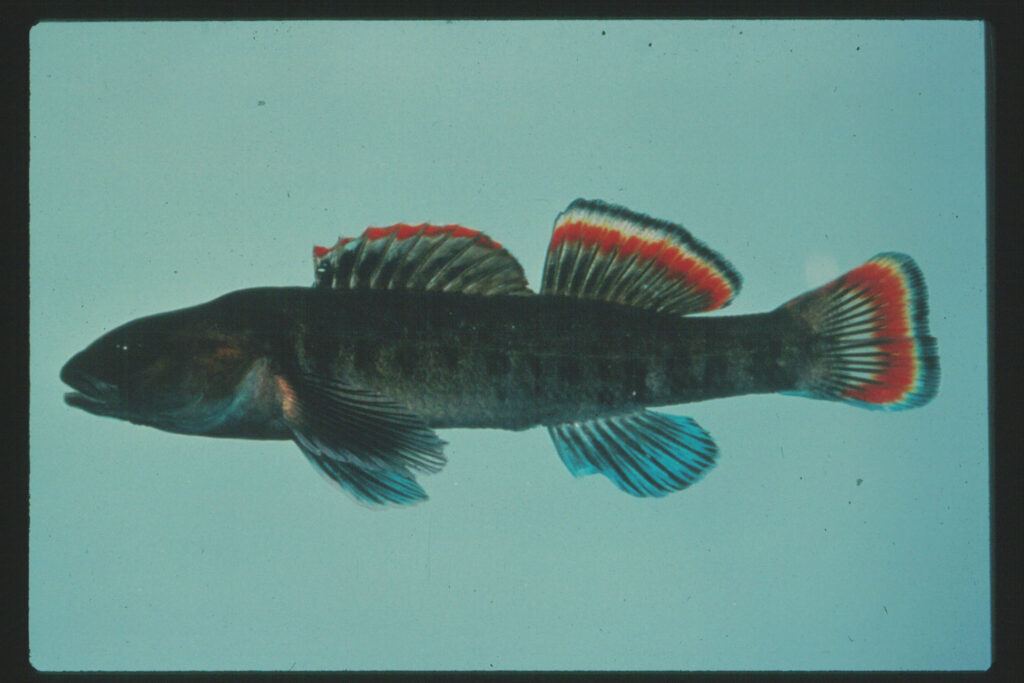
Courtesy of Georgia Department of Natural Resources.
Extermination usually refers to the deliberate destruction of populations of a given species. Examples from the southeastern United States include the complete elimination of the Carolina parakeet and passenger pigeon as a result of unregulated hunting, and the loss of nearly all Florida panther and red wolf populations, which is partly attributed to predator-control programs. These and many other examples of catastrophic species decline have demonstrated that the continued destruction of local populations leads to species extinction.
Biodiversity Trends
Of Georgia’s more than 4,000 species of native or naturalized vascular plants and vertebrate animals, 32 species are known to be endemic to the state (i.e., restricted in their range of distribution to Georgia alone). Examples of species endemic to Georgia include: (1) the Etowah darter (Etheostoma etowahae), a fish restricted to the upper reaches of the Etowah River (Coosa River basin) in Georgia; (2) hairy rattleweed (Baptisia arachnifera), a plant in the legume family found in pine flatwoods habitats in scattered locations in Wayne and Brantley counties; and (3) the Pigeon Mountain salamander (Plethodon petraeus), found only on the eastern slopes of Pigeon Mountain in northwestern Georgia.
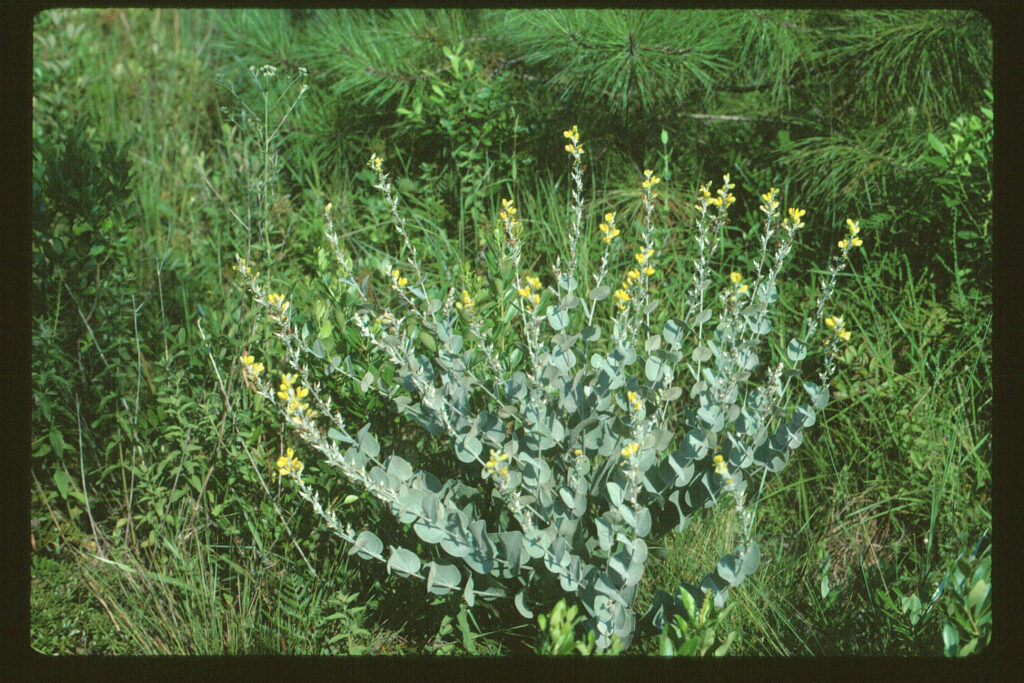
Courtesy of Georgia Department of Natural Resources.
Approximately 440 species of vascular plants and vertebrate animals in Georgia are considered to be of critical conservation concern. In addition, 60 species of invertebrate animals and 12 species of nonvascular plants tracked by the Georgia Natural Heritage Program (a program of the Georgia Department of Natural Resources) are considered imperiled. Many other species of invertebrates and nonvascular plants may be in danger of extinction but have not yet received sufficient attention from field biologists or taxonomists for a clear determination to be made.
Species previously found in Georgia and known to be extinct today include the Carolina parakeet and the passenger pigeon. Species considered close to extinction or possibly extinct include two birds (the ivory-billed woodpecker and Bachman’s warbler), several freshwater mussels (the upland combshell, Ochlockonee arcmussel, fine-lined pocketbook, winged spike, and southern acornshell), and a number of plants (the roundleaf leafy liverwort, Porter’s goldenrod, and Georgia beaksedge). Many more species are presumed extirpated from the state.
Land Use Change and Habitat Loss
The most significant factor contributing to the loss of biological diversity is the destruction or degradation of natural habitats. The rapid loss of native species populations is correlated with a burgeoning human population, rising per capita consumption of natural resources, and technological advances that increase the rate of habitat destruction.
Urban and suburban development has contributed greatly to habitat loss in Georgia. From 1992 to 1997 approximately 1,053,200 acres in Georgia were converted from open space to developed land; this represents the third largest loss of undeveloped acreage in the nation. From 1990 to 2000 Georgia’s human population increased by 26 percent, the sixth fastest rate of growth in the nation. In the metropolitan Atlanta area 350,000 acres of forestland were lost to development from 1973 to 1998. This trend can be seen in many other states in the Southeast. In fact, five of the ten major U.S. cities with the worst suburban sprawl problems are in the South: Nashville and Memphis, Tennessee; Charlotte and Greensboro, North Carolina; and Atlanta.
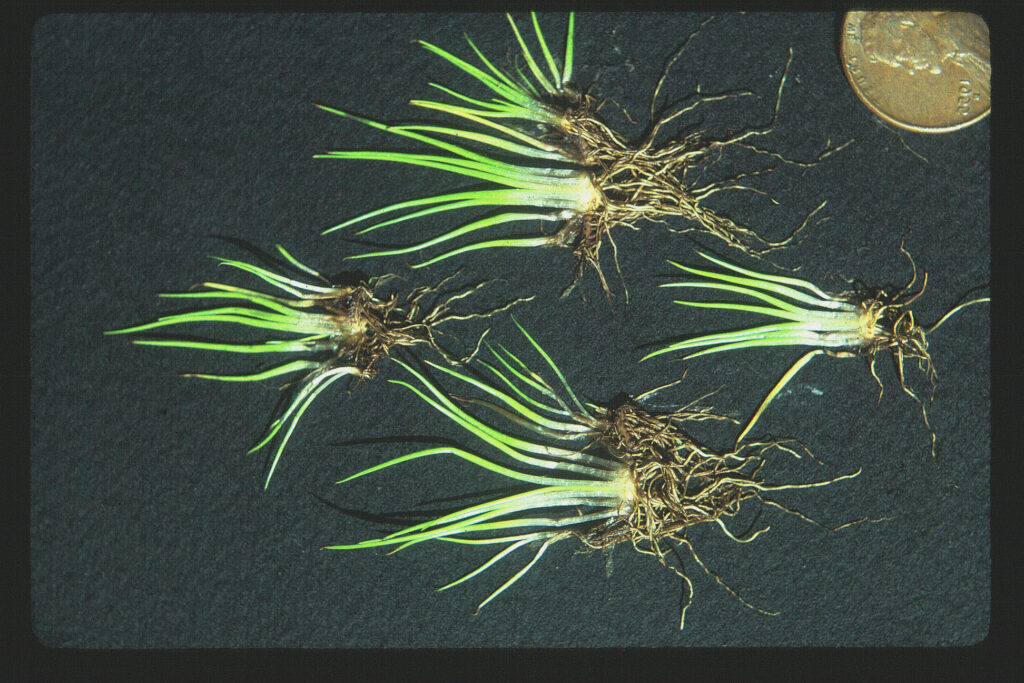
Courtesy of Georgia Department of Natural Resources.
Increasing human population combined with sprawling development patterns has lead to rapid loss of both terrestrial and aquatic habitats. In addition to direct mortality associated with destruction or degradation of habitats, the long-term effects of habitat fragmentation on populations can include higher levels of parasitism or predation, increased competition from “weedy” species, reduced genetic diversity, and greater vulnerability to natural catastrophes. In other words, those populations not wiped out directly by habitat destruction are often left weakened and vulnerable from habitat fragmentation.
What Can Be Done?
Many scientists believe that the first half of the twenty-first century will be a critical period in the fight to protect our remaining biological resources. Projections indicate that the earth’s human population may eventually level off at between 8 to 9 billion. (The world population in 2003 was more than 6 billion.) If humans can curb their excessive consumption of natural resources and place greater emphasis on protection, restoration, and maintenance of the earth’s remaining natural habitats, they may be able to salvage much of the earth’s remaining biological diversity. However, the most optimistic predictions indicate a loss of hundreds of thousands of species by that time. The following initiatives are critical to protection of the world’s natural heritage: (1) increased emphasis on biological inventories, focusing on the identification and description of species, biotic communities, and ecosystems; (2) greater commitment of human, financial, and technological resources to identify and protect those natural habitats that contribute most significantly to global biodiversity; (3) further development and funding of conservation programs that emphasize public-private partnerships for broad-scale conservation of “working landscapes”; (4) greater emphasis on land-use planning to minimize impacts of future developments on natural habitats; (5) increased collaboration between researchers and educators to heighten public awareness of the magnitude and significance of global biodiversity decline; and (6) recognition of biodiversity protection as a global priority, and incorporation of this goal as a key component in international treaties and trade agreements.


